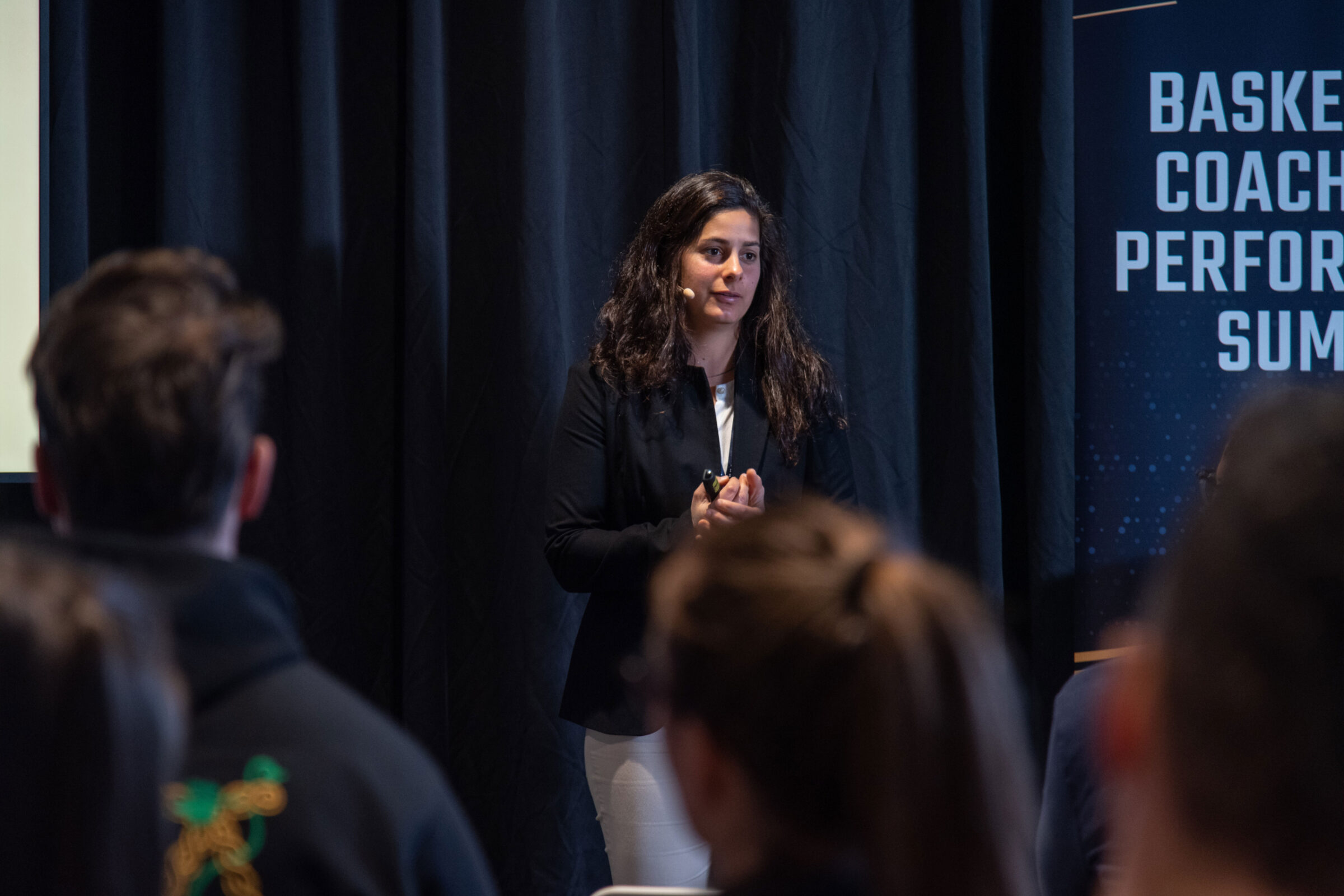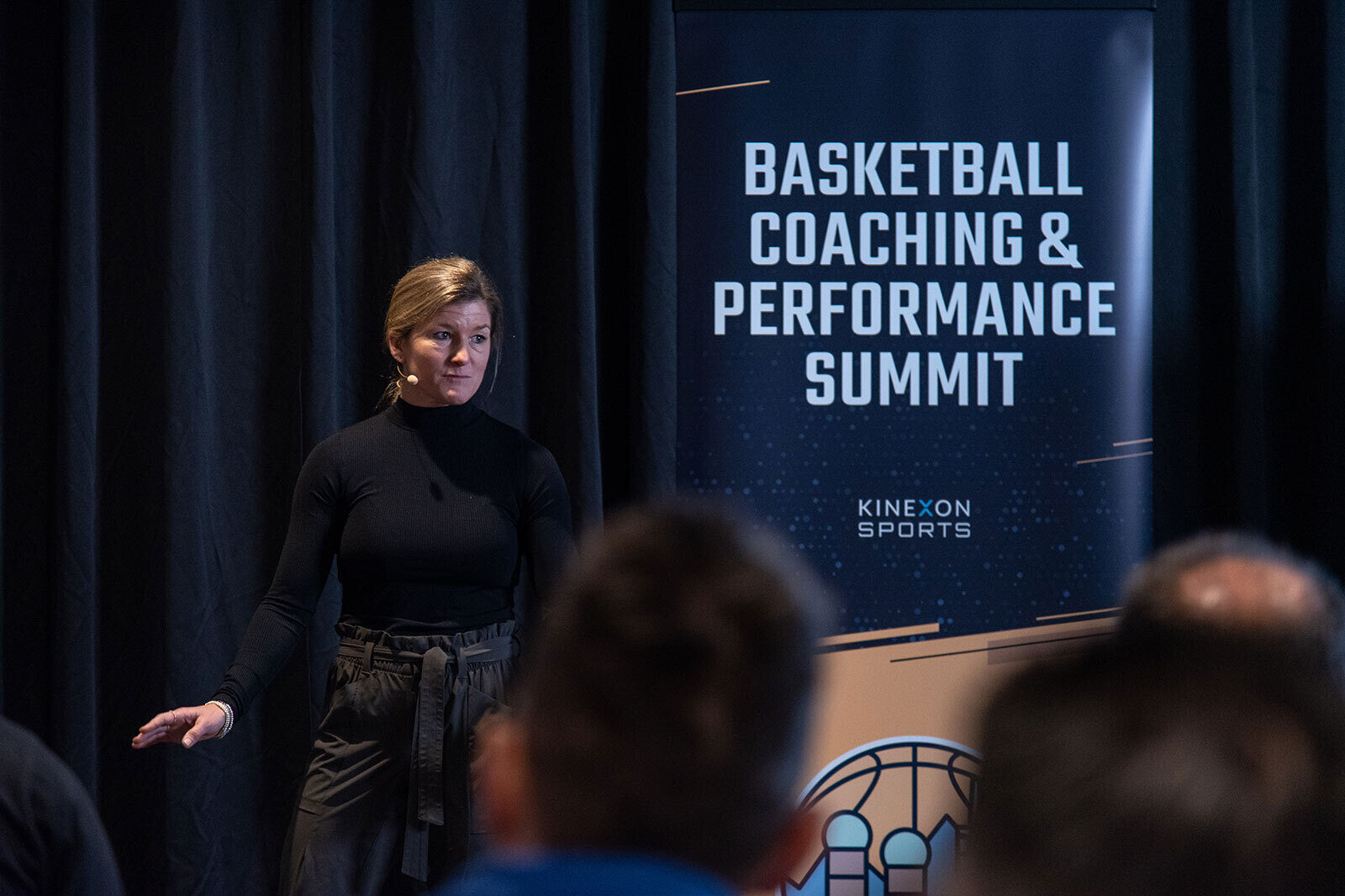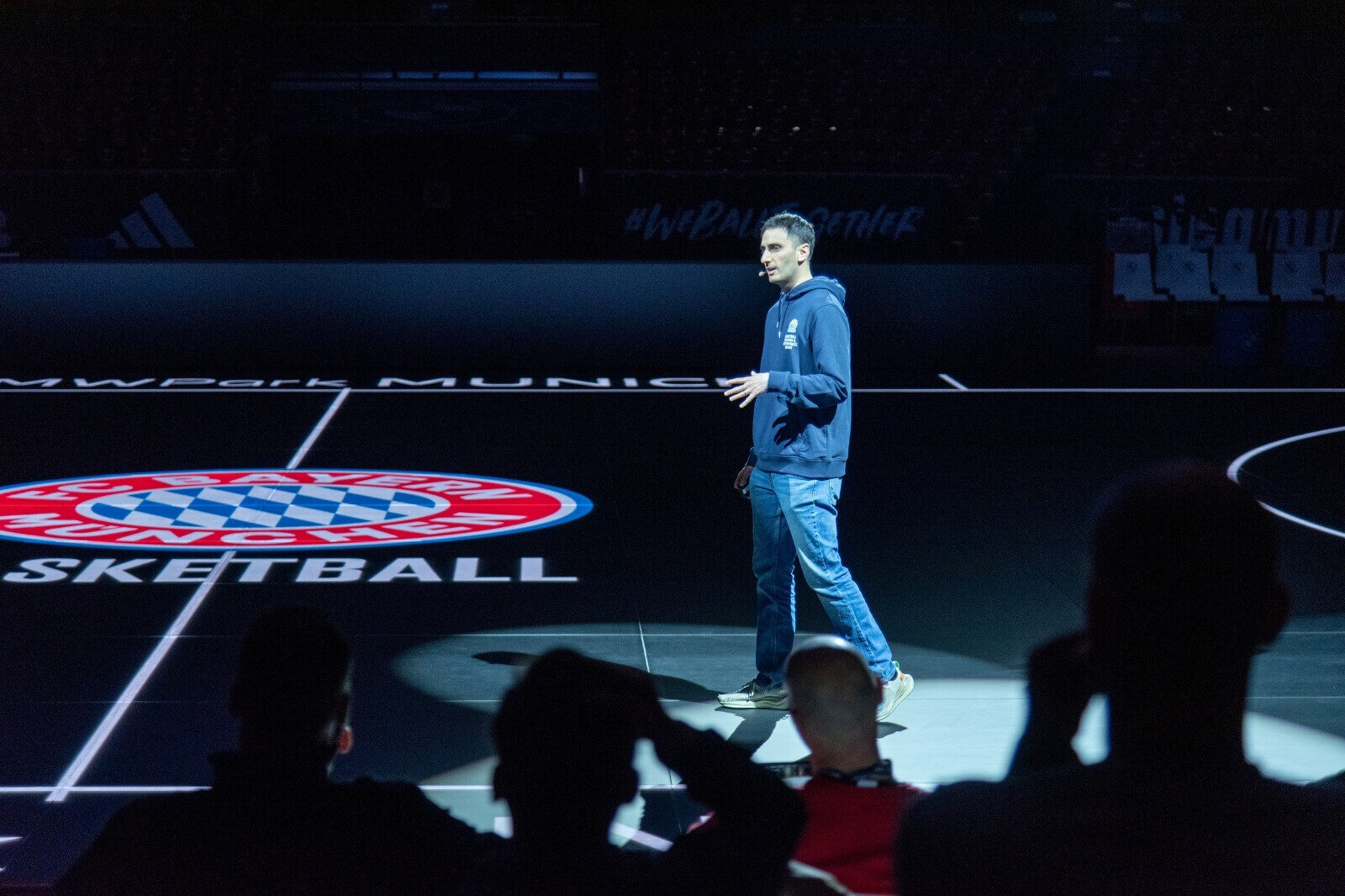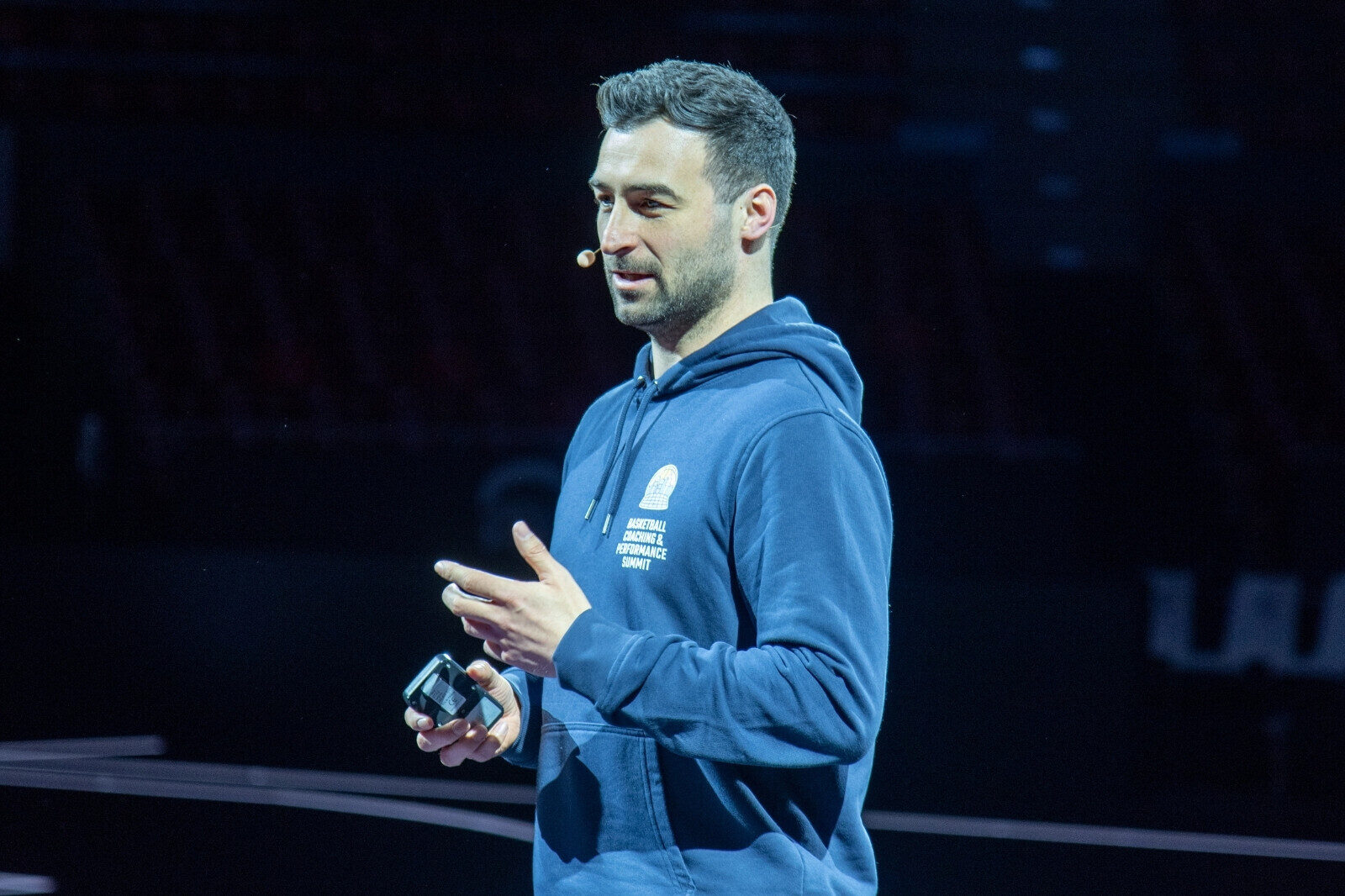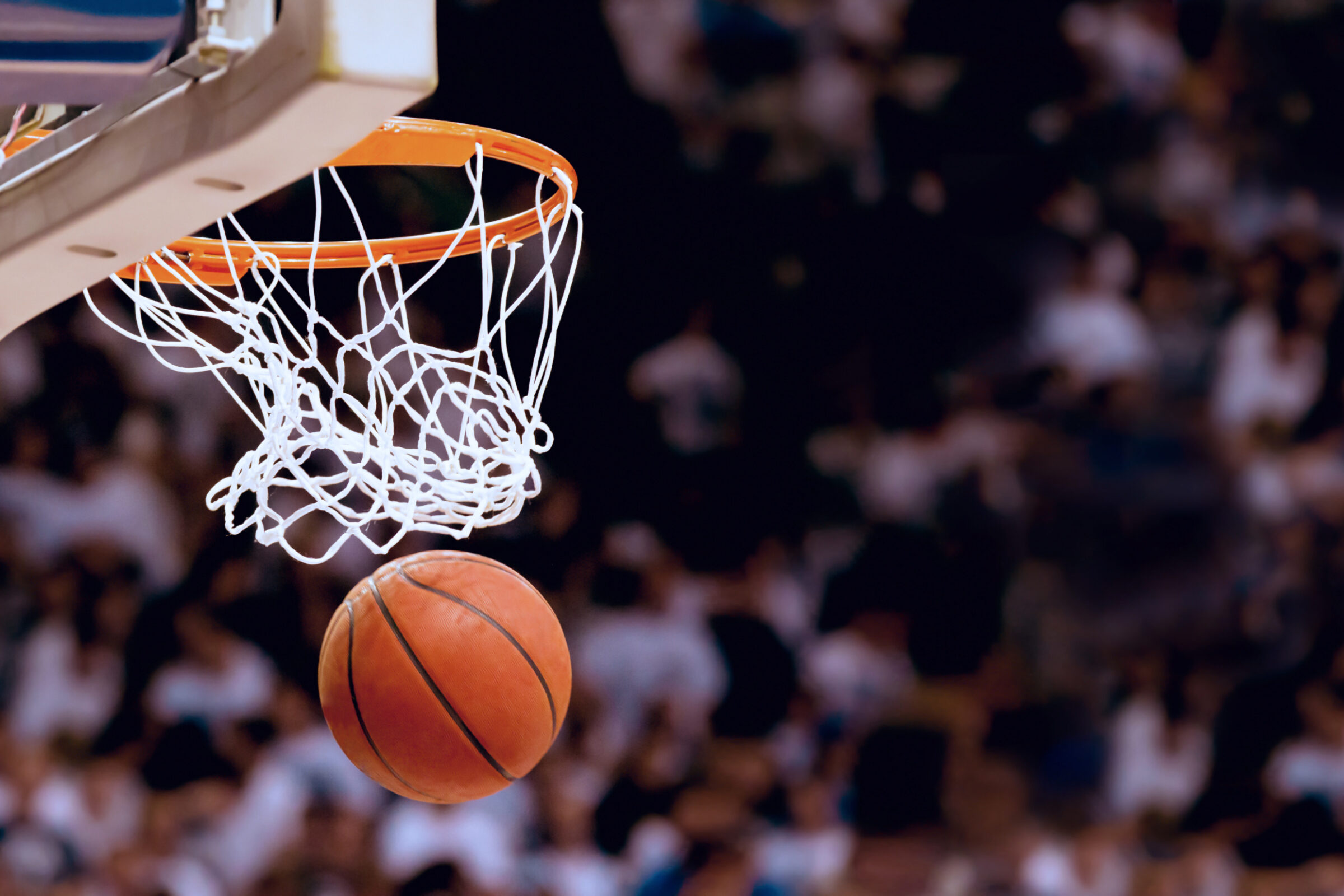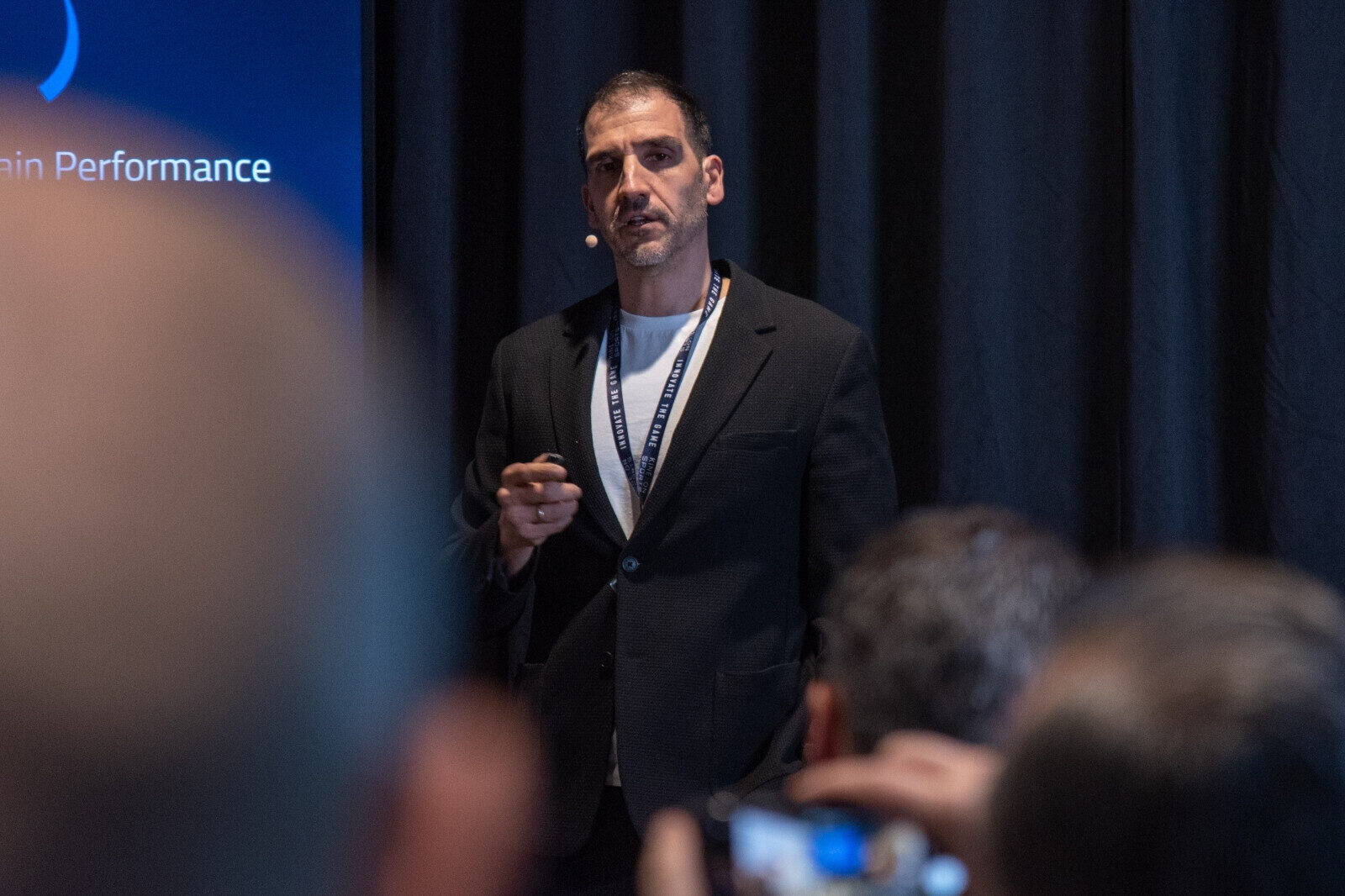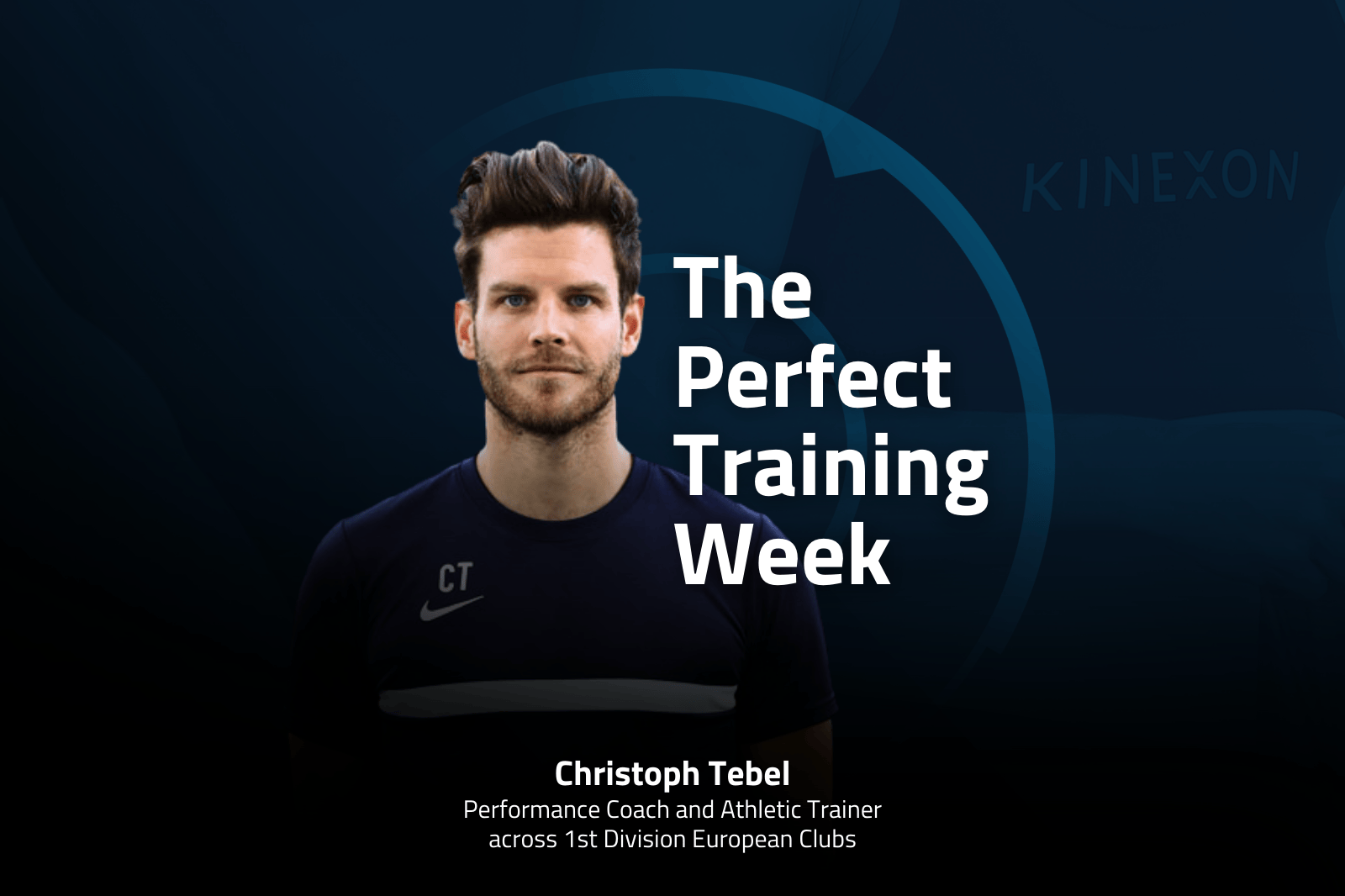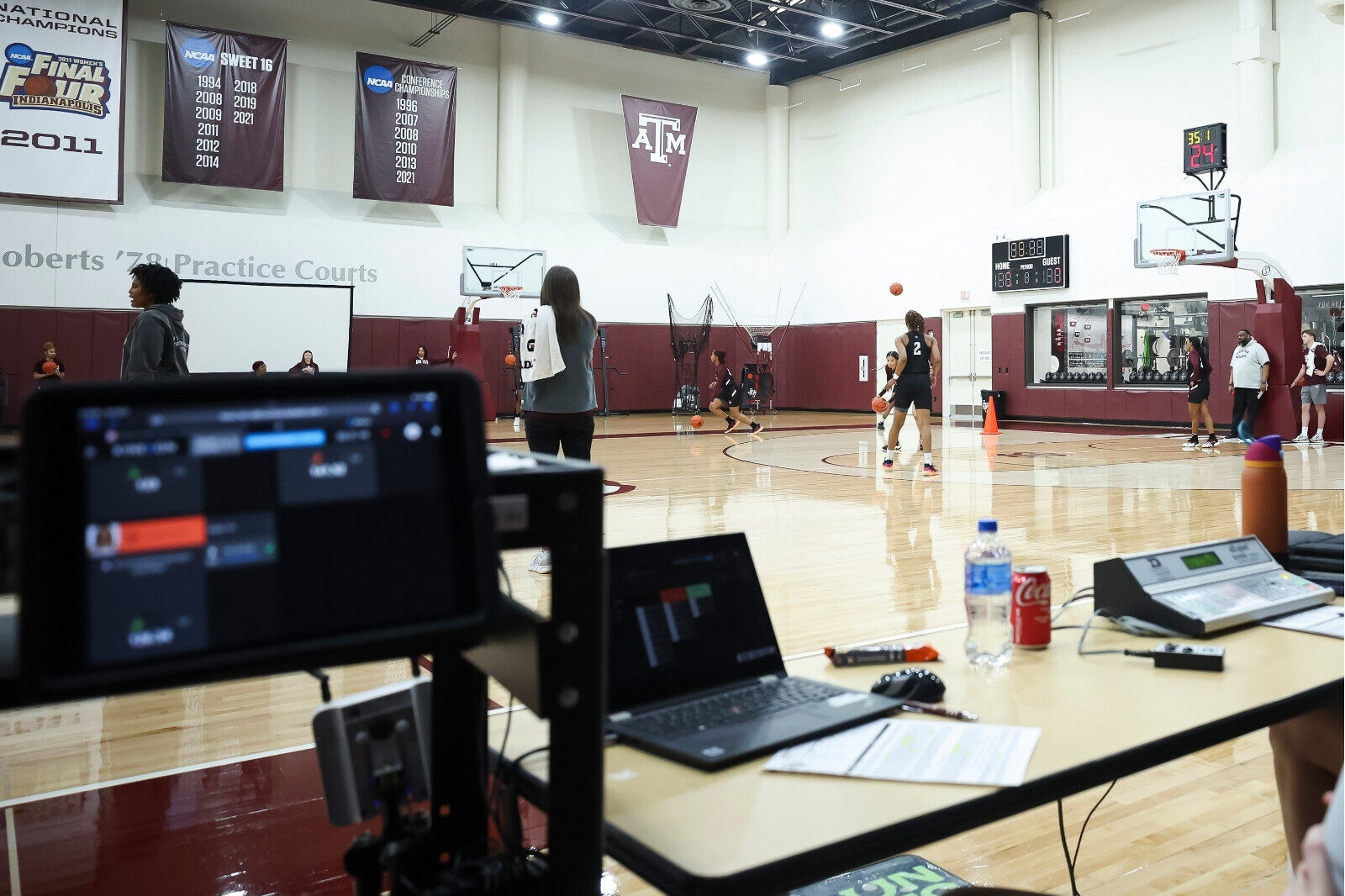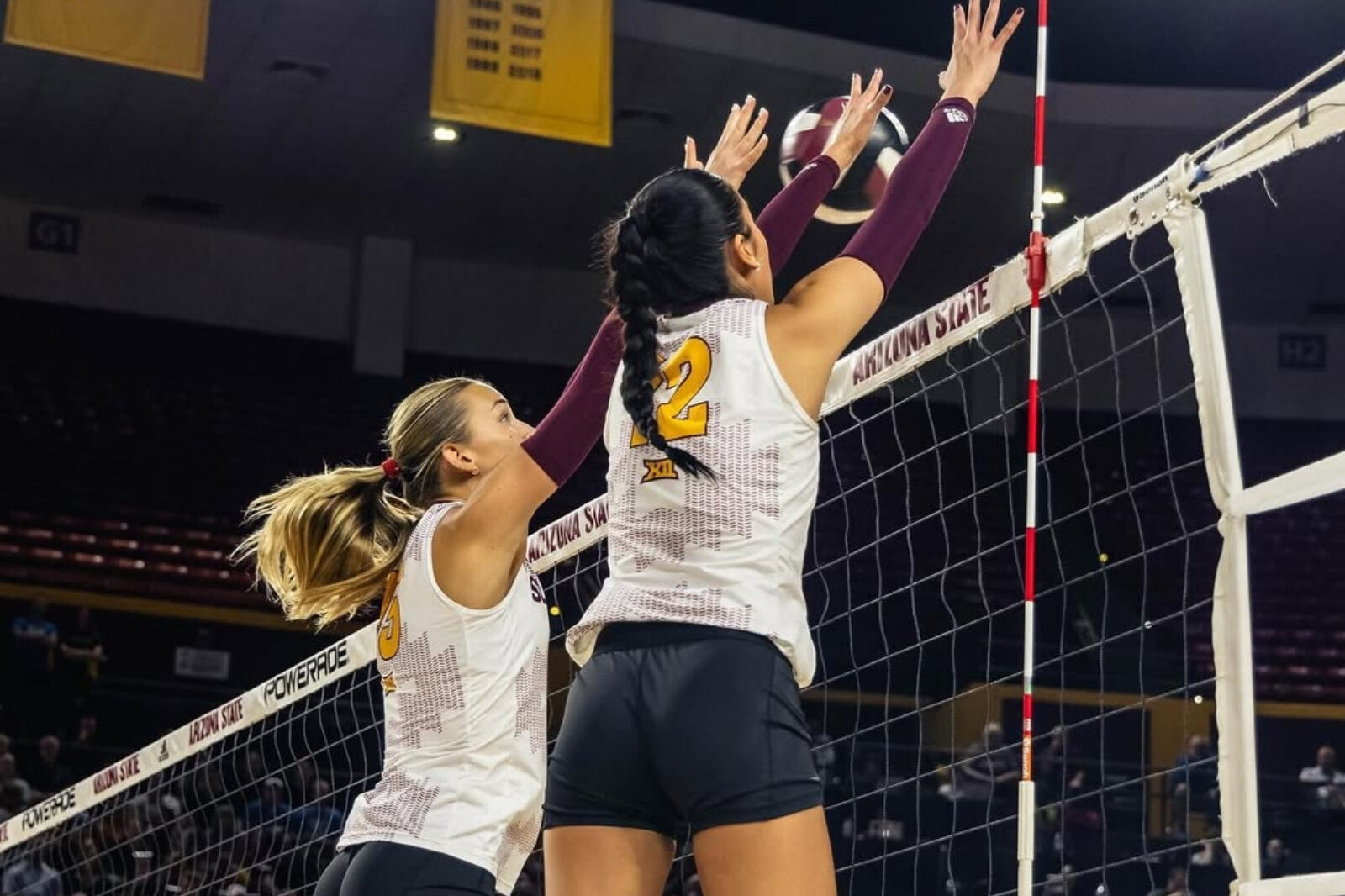Why Evansville University’s Sports Performance Coach Dislikes Backpedaling
How can players optimize their performance and avoid wasting steps on the court? That’s the question Jeremy Portillo, the sports performance coach for Evansville University men’s basketball team, was asked on a recent episode of “The Extra Edge” podcast. He gave a jaw-dropping answer.
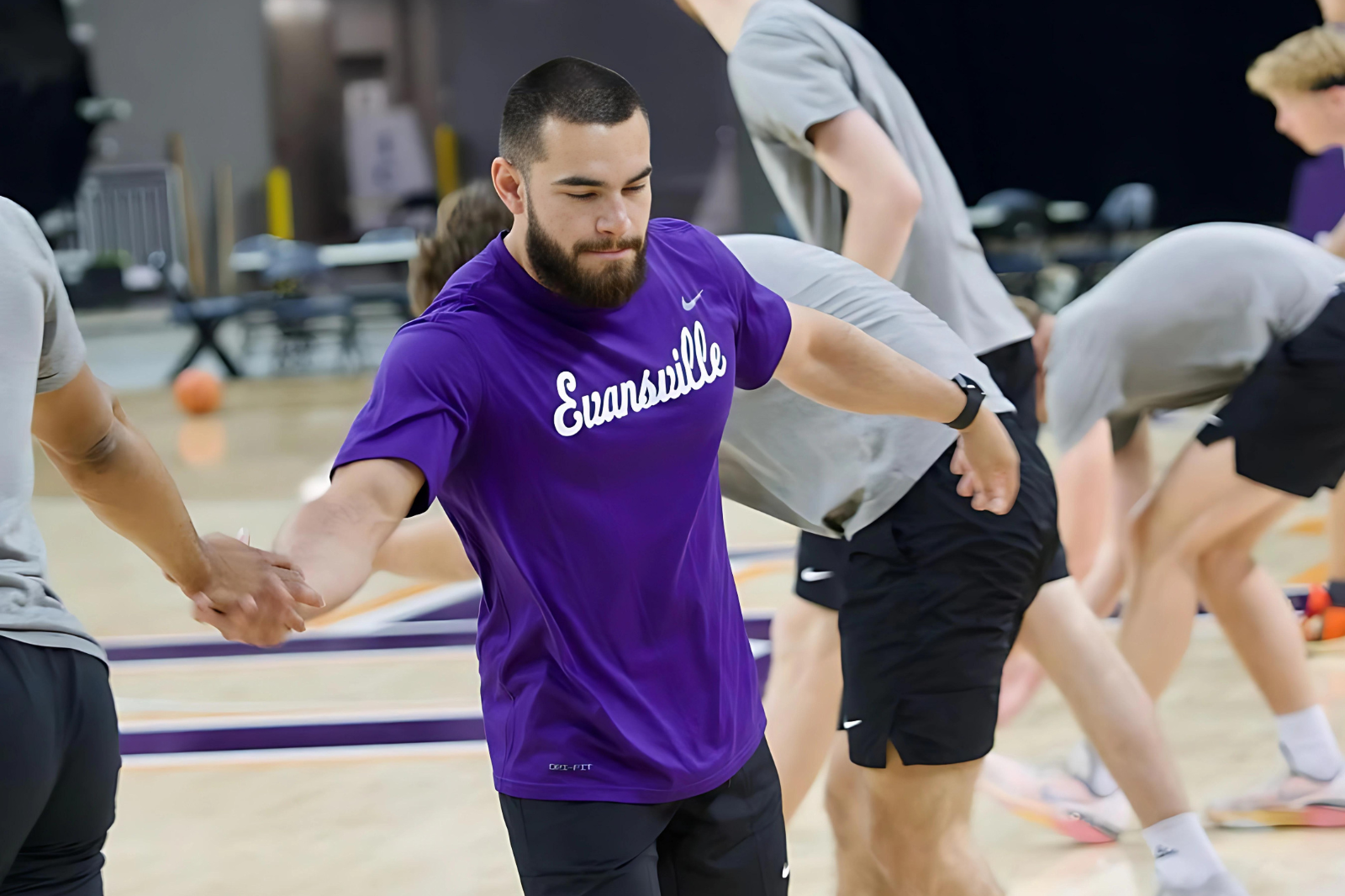
In just one year, Coach Portillo’s impact on the team is already being felt.
They achieved their best start since the 1964 – 65 NCAA National Championship season, recorded their highest win total since 2018, and made their first postseason appearance in nearly a decade.
He credits the data he collects with not only helping his players play faster, but also more efficiently. It’s part of the winning strategy he and Head Coach David Ragland are crafting for the Purple Aces.
Backpedaling in Basketball is a "Disease"
Coach Portillo has implemented a series of drills and exercises to help the players improve their efficiency and speed. One of his main focuses is eliminating backpedaling, which he calls “a disease in basketball”.
He discovered with sports data that his players were experiencing excessive energy expenditure during backpedaling. This insight came from realizing that when players backpedal, they waste energy and don’t position themselves well defensively. Coach noted that it puts unnecessary strain on players’ bodies because of the inefficient movement.

“If you have the fastest three steps, that is where we are going to dominate the game.”
“Get to your spot, sprint, just turn around and sprint. I think that’s just kind of what we’ve seen is get to your spot, make your cut and wait. Do your cut when you need to do your cut, but make sure it’s as aggressive as humanly possible. Get through that screen as aggressively as possible,” Portillo says.
He also found out that some players would take extra steps and run in arcs- not a straight line- while getting to their spots on the floor.
By shedding light on this issue, Coach Portillo’s research showed that it’s better for players to move forward defensively instead of just moving backward.
This data-driven insight offered a valuable opportunity for coaches and players to refine their techniques and enhance performance on the court, ultimately leading to more effective defensive play.
Use our free guide to start tracking shots and shot load at the same time.
First Three Steps are Critical

He also emphasizes the importance of the first three steps in transition, which can make or break a fast break. He uses KINEXON basketball analytics, which tracks the players’ acceleration, load, and speed, to monitor their progress and performance.
“If you have the fastest three steps, that is where we are going to dominate the game,” he said. “Because after those first three steps, particularly in transition, most players start decelerating and if you are the primary ball handler, you’re really dictating the pace of the game, especially in transition. And the teams that get to their spots and get in their half-court defense defend better.”
The day before each game, Portillo makes his players sprint half the court. He uses the KINEXON dashboard to measure their acceleration and load during these sprints, after they warm up. He does the same warm up and sprints every week, so he can compare the results.
“I can see their maximum acceleration in a 75% sprint and two 100% sprints. This tells me how fast and fit they are,” Portillo explains.
Avoid False Steps to Avoid Injury
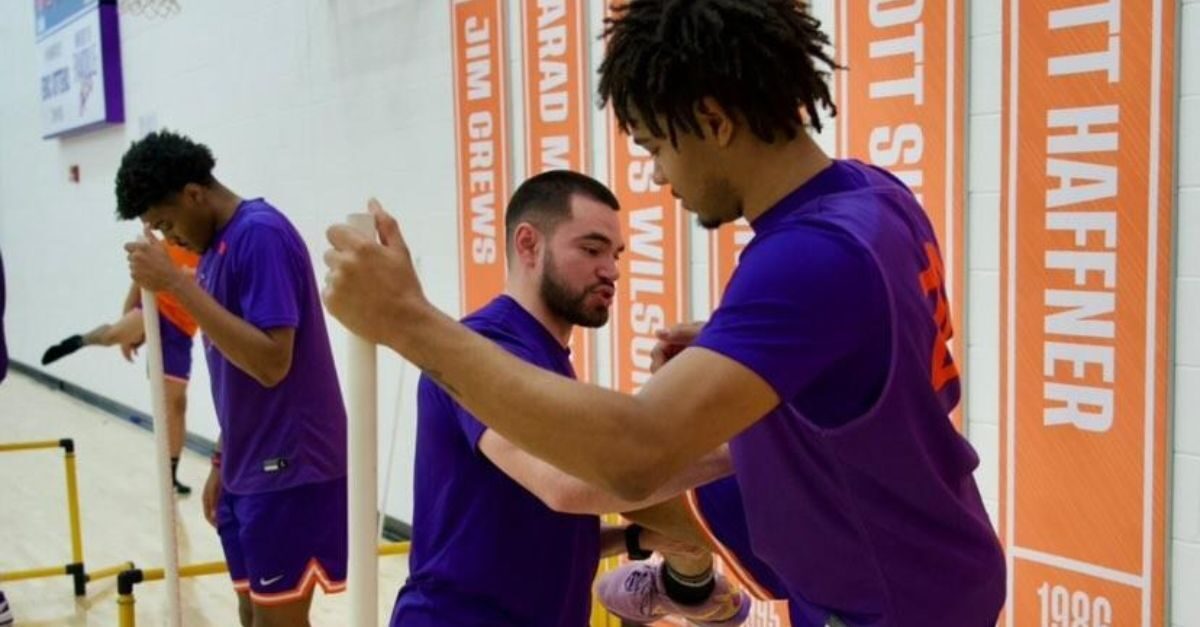
Portillo instructs his players to steer clear of false steps, which occur when they push their back foot back into a lunge before sprinting.
He says that this can lead to Achilles injuries, as shown by some research and by a recent incident in the Super Bowl. “I’m always talking to our guys— no false steps,” Portillo says.
More Insights on Basketball Analytics

Portillo’s methods seem to be paying off, as the team continues to show improvement in their efficiency and speed metrics. And on The Xtra Edge, he also talks about his microdosing strategy and how it is positively impacting his players.
You’ll also find out why, if it wasn’t for the old P90X workout DVD, Portillo may have never ended up at Evansville, doing what he loves.
Load management in basketball is difficult, but our free guide will show you how it becomes easier when you have the data to back up your decisions.
